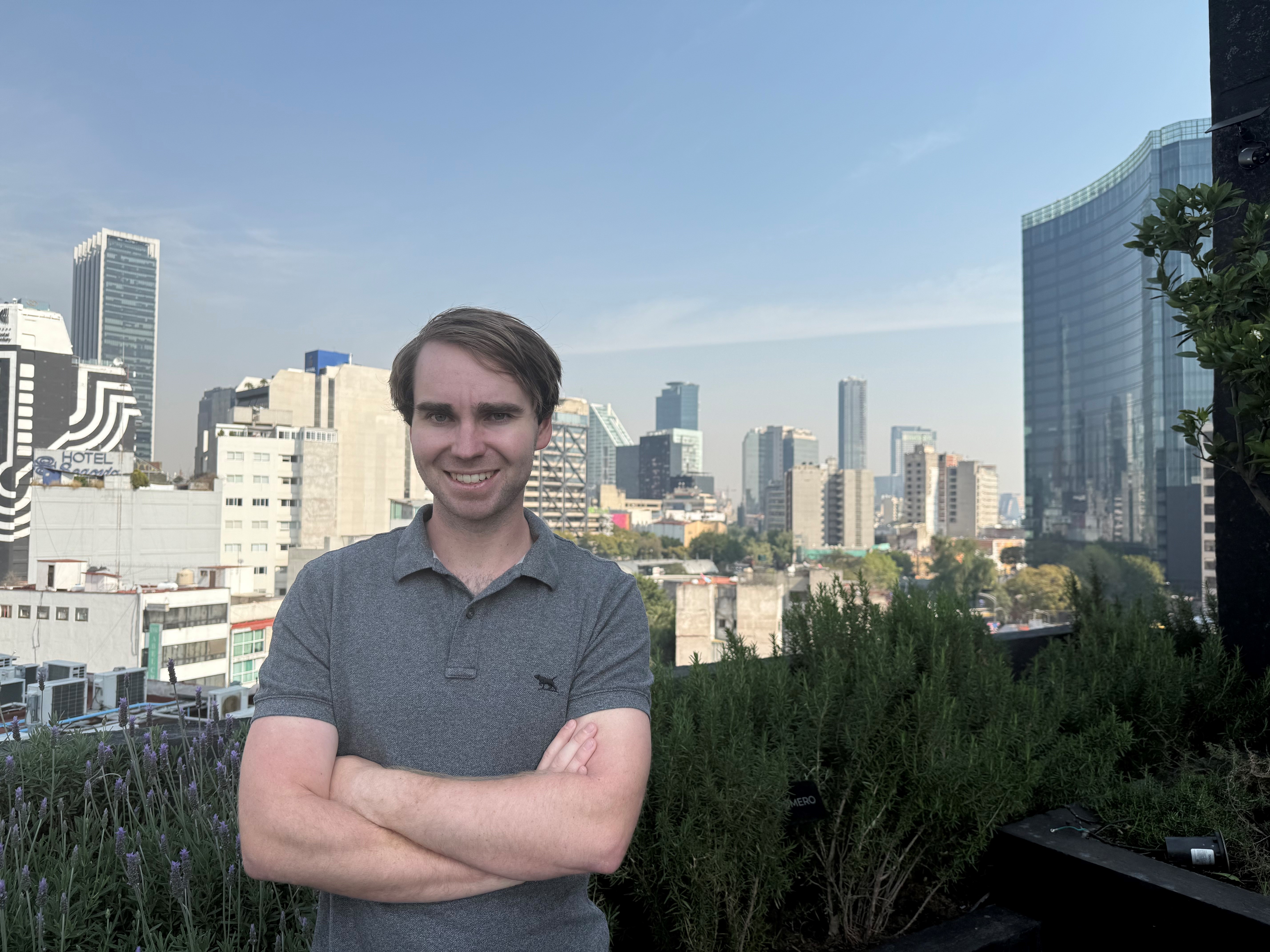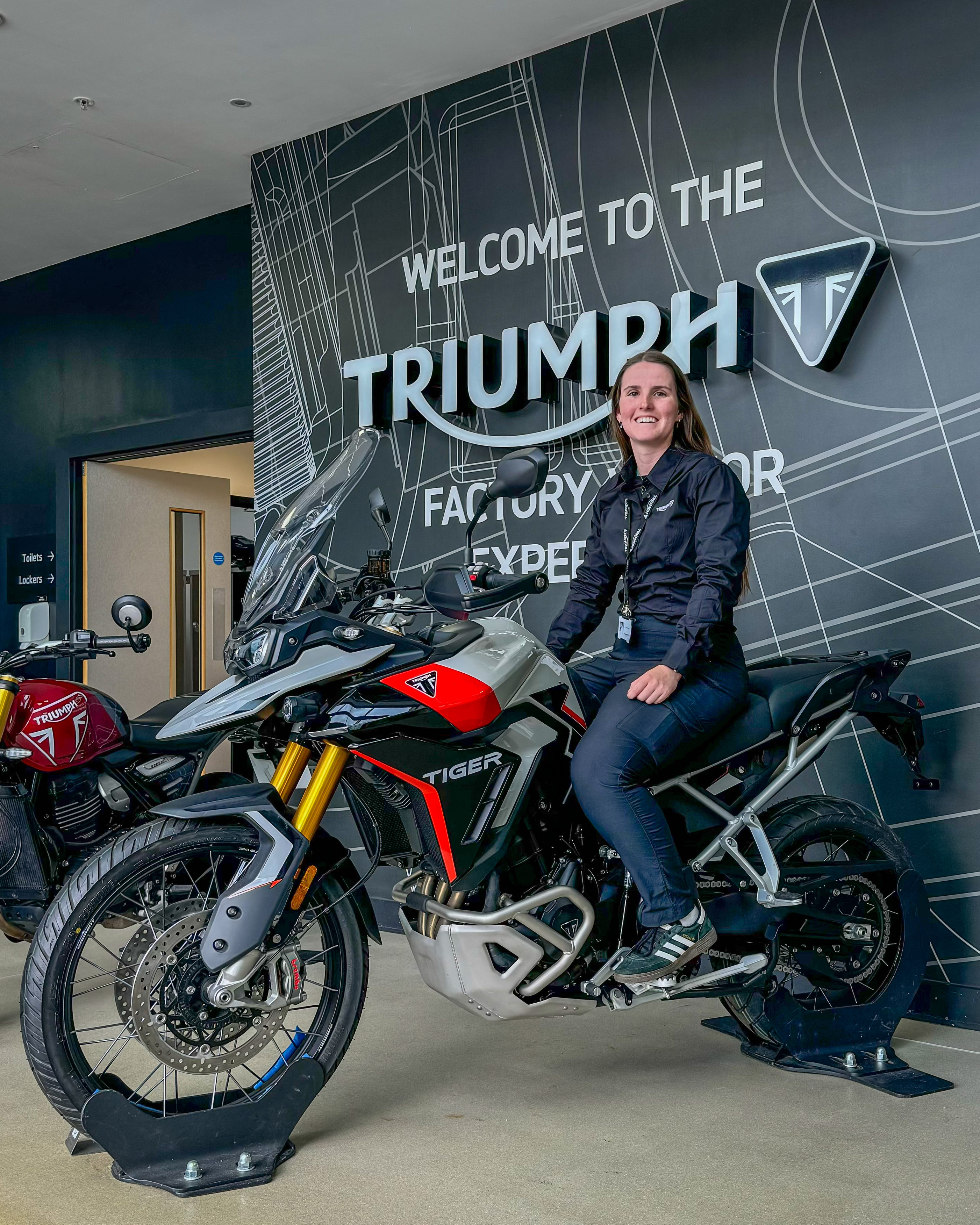Can you tell us a bit about Datch and the problems it solves?
We are harnessing voice AI technology for industrial processes. Datch uses Natural Language Processing to collect and structure detailed operational information from users in the factory or in the field, base on existing company processes. At Datch we focus on creating the best UC for workers in the field, making it easier and faster to capture rich information from the frontline.
How did your degree in engineering help you on your path to starting Datch?
My engineering degree at UC was a forcing function for me to learn how to breakdown large complex problems and approach them in a systematic, step by step way. The strong foundation in math and engineering has been extremely useful throughout my varied career, from detailed engineering research and development, to hacking business problems in the context of a startup.
What goals do you and the team want to achieve in the next few years?
Our vision is to build a universal voice-visual intelligence platform for the frontline workforce. Universal meaning that Datch can be used for any and all enterprise processes. Platform meaning that we provide the tools to our customers for them to orchestrate to meet their dynamic demands. These are fairly lofty goals and the only way we're going to get there is by continuing to build our talented team of engineers and product-minded people around a strong culture of delivery, quality and startup hustle.
Do you have any highlights or fond memories of your time at UC that you could share with us?
One of my favourite projects at UC was an assignment to design and build the power electronic controller for an electric go-kart. At the end of the project, we plugged our controllers into the karts and raced for glory! One of the things I loved most about this project was that the brief didn't explicitly state what our controller should be designed to control. This fundamental step of reasoning had been subtly left out by the lecturers, so as a student you have to first take a step back and ask yourself "what are we actually trying to achieve here?". You could have easily sprinted to finish the project and not figure out until race time that perhaps when you press your foot down, you want the pedal position to be proportional to current/torque, rather than voltage!










